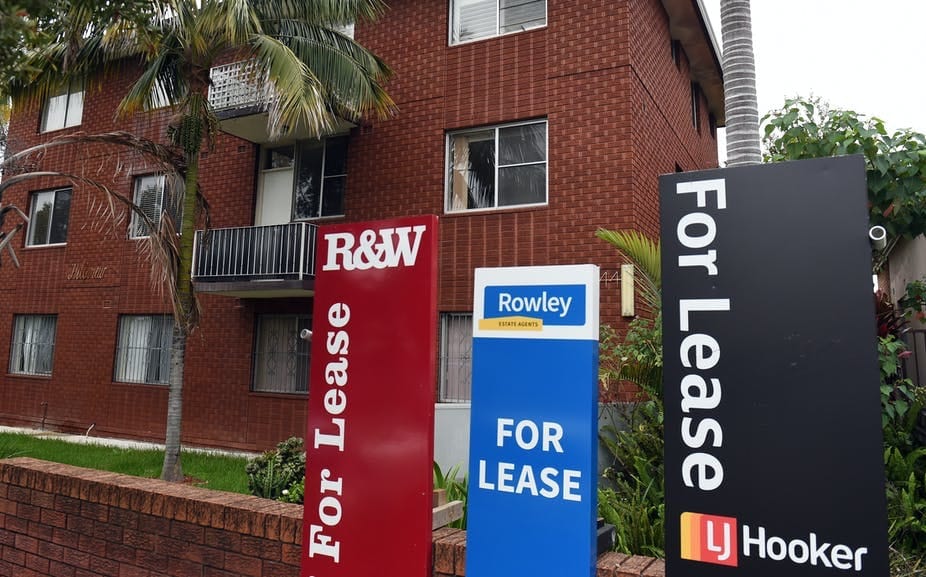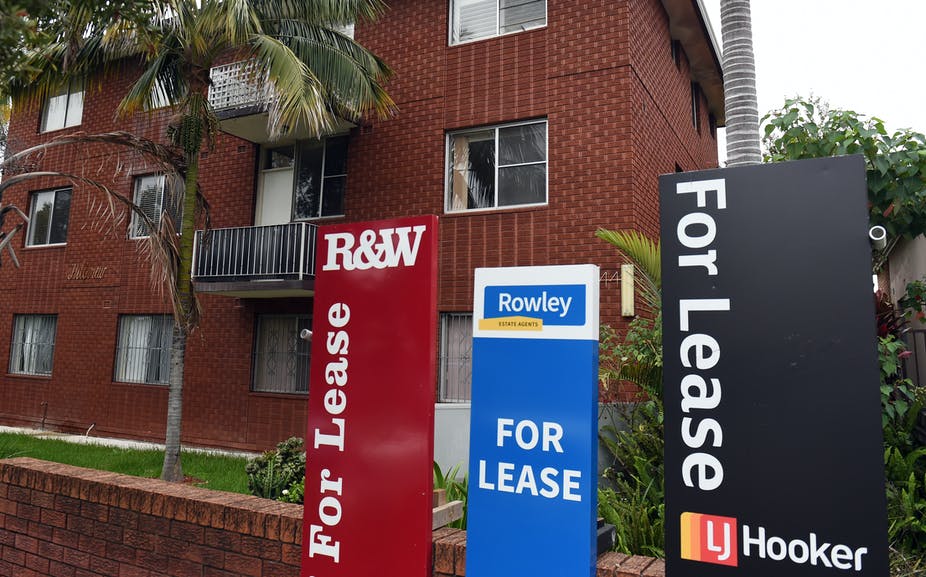Twitter: A Lease and Subscribe Model?
A mixed model of payers could give Twitter the lift and differentiation it needs

This one goes out to Scott Galloway, whose ideas often inspire me to further my thinking and assume new perspectives on familiar problems. Today, I’m going to attempt to extend and elaborate some rough thoughts he’s shared around Twitter into a more fulsome and detailed set of ideas, in hopes I can save him some time and repay the debt a bit.
Twitter’s potential business model reboot seemed to begin in earnest last week, when the company posted a job for a position to work on a subscription platform named Gryphon. It has long seemed inevitable that some social media company caught in the purgatory between niche and scale would move to subscriptions of some sort. There are only so many ways to make money, and if advertising scale has proven insufficient and the monopoly power seat is occupied, a recurring revenue model can still fill the coffers.

Twitter remains for me the most interesting and utilitarian of the social media platforms. I get a lot of immediate information from it. Twitter’s a decent news source, especially if you follow certain on-the-ball and trustworthy accounts, some of which are experts and not mainstream media. There’s a decent amount of concise and nice entertainment (limericks, for instance). And sometimes, there’s a good discussion or thread that really boils something down. Compared to the morass of Facebook or the candy-coated hell of Instagram, using Twitter is kind of like walking down a street on the west side of New York City — pretty interesting, a little rough around the edges, often enlightening, sometimes hilarious.
Twitter attempted to seize the ad model, but failed — too few users, not enough velocity, and nagging morals when it comes to algorithmically driving outrage, all slowly guided the platform toward another door they may be about to open.
Galloway has spoken about a potential Twitter “subscription” umbrella in two different, and not incompatible, ways — as a lease model for major “stores” in the Twitter mall, and as a subscription model for users.
Both are probably viable. As Galloway points out, there are celebrities, influencers, entertainment properties, politicians, and thought-leaders who generate a lot of business — directly and indirectly — via Twitter. Charging leases for what are essentially storefronts for these players in the communications exchange isn’t unreasonable. Some may pay thousands or hundreds of thousands of dollars per year for the information retail space — to preserve and build their followers, to share information that’s akin to advertising but feels more like a relationship, and to monitor customer satisfaction or fan passion about projects.
There’s another possible nice side-effect of the lease model when it comes to outlets using Twitter in sometimes objectionable ways — it creates a commercial contract, which draws a brighter and more businesslike line than Terms & Conditions. Imagine if a political campaign paid to have a major storefront in Twitter, and then used this storefront to peddle hoaxes or incite violence. Twitter could just cancel the contract, issue a refund, and close the account. The “free speech” argument would be obviated, because while speech is free, distribution is a paid privilege. If something like this comes to pass, Twitter’s model would definitely be a paid distribution/storefront model, and the commercial contract would have made this and the terms crystal clear at the outset.
What about individual users as subscribers? Users are tired of the advertising algorithm scrambling their feeds, and some of the UX sacrifices they have to endure are a pain. Hardcore users may want some new capabilities (reverse-chronological feed, pinned/saved posts, ability to view threads as mini-essays, sidebar conversation if someone is online currently and open to it). Subscribers could have access to a limited number of premium posts they could follow — that is, selected posts from celebrities or others, announcing new albums, shows, or gatherings, exclusive to Twitter subscribers. The list of cool things Twitter could do is potentially long, and paying $1-5/month for access to exclusive content, new features, and new functionality could be well worth it.
This is not to say that Twitter would need to abandon its advertising business. It may still be able to run a decent advertising business, and perhaps a more palatable one. Advertisers value paying customers more than fake accounts and debatable usage data. Twitter would also have more zones and features to monetize in different ways. The tenants in its storefront could pay to have their posts placed with other tenants, for instance.
By adopting a bilateral subscription model, Twitter could put itself in the driver’s seat for the next generation of social media development, providing value to customers and lease-holders, all while keeping the environment safe, well-lit, and comfortable. Suddenly, the dystopia of Facebook and the Replicant-infested world of Instagram might be exposed as the seedy and grim surveillance zones as they really are.
To me, the potential for Twitter to become the new model of social media seems huge. Whether they — with their part-time CEO and Silicon Valley genetics — will have the vision and tenacity to see it through and realize its full potential will be something to watch.
Note: List of PPP Recipients Being Maintained
On a separate topic, but pursuant to last week’s data release and related posts, I wanted to make you aware that a list of scholarly organizations receiving Paycheck Protection Program (PPP) loans is being maintained, and you can view it free of charge. If you have additions or corrections, please let me know. Thanks.